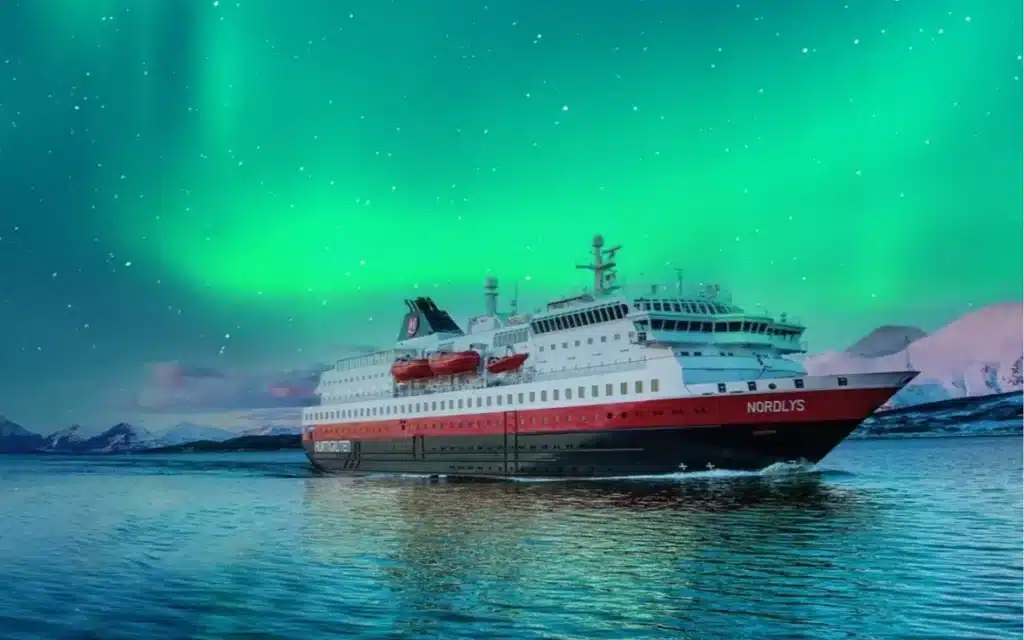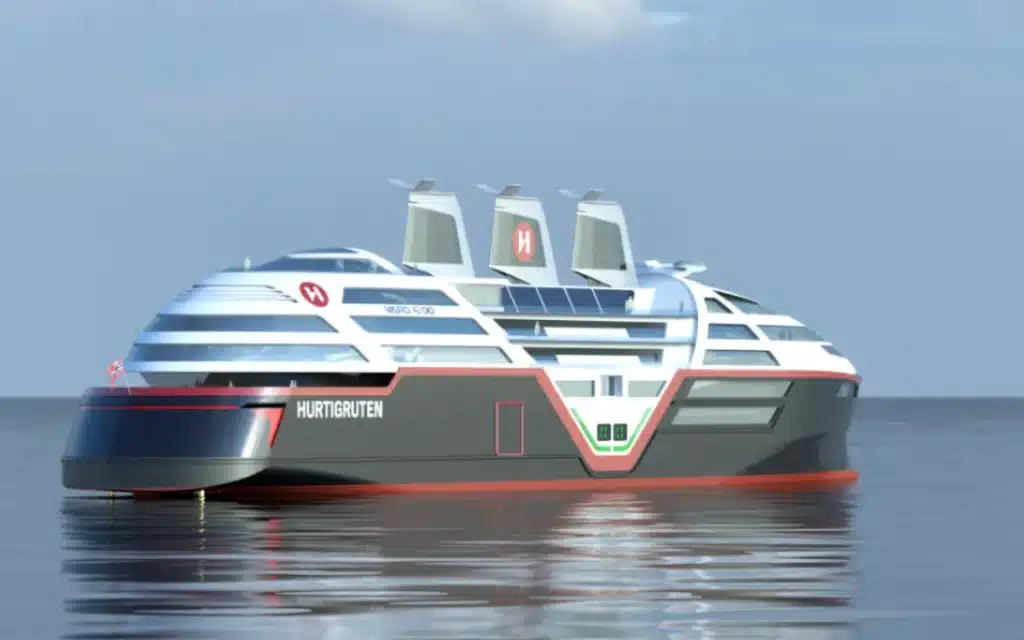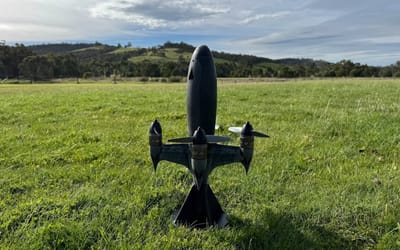Cruise ships must go zero-emission to enter Norway’s fjords by 2026
Published on Jul 17, 2025 at 8:35 AM (UTC+4)
by Jason Fan
Last updated on Jul 17, 2025 at 12:16 PM (UTC+4)
Edited by
Kate Bain
Cruise ships will soon need to be zero-emission if they want to sail through some of Norway’s most iconic fjords.
Starting in 2026, new environmental rules will apply to vessels entering Geirangerfjord and Nærøyfjord, which are both UNESCO World Heritage sites.
Smaller ships must meet the zero-emission requirement first, while larger cruise liners have until 2032.
The move is part of Norway’s broader push to preserve its pristine fjord landscapes from harmful ship pollution.
VISIT SBX CARS – View live supercar auctions powered by Supercar Blondie
Why Norway’s fjords need protection
Diesel fumes in these narrow, steep-sided fjords don’t just disappear into the air.
Instead, they get trapped, creating concentrated smog that harms local wildlife and spoils the natural environment.
Cruise ships, which typically run on diesel-electric generators, are among the biggest contributors to this pollution, emitting more carbon dioxide per passenger than even air travel.

With traditional engines soon to be banned, the pressure is on shipbuilders and cruise operators to rethink how their vessels are powered.
Some companies have already started innovating.
Norwegian cruise line Hurtigruten is developing a futuristic hybrid ship featuring a 60MWh battery and sails that double as solar panels.
In a way, the sail-assisted ship combines ancient seafaring principles with next-gen tech.

Though the ship will need to recharge every 350 nautical miles, Norway’s widespread shore power infrastructure (powered mostly by clean hydropower) makes this feasible in local waters.
Shore power is essentially a fancy term for plugging ships into the electrical grid while docked.
While it may seem like a relatively straightforward concept, shore power is currently available at fewer than three percent of ports worldwide, but it’s becoming a key part of reducing portside emissions.
The race to build zero-emission cruise ships
Meanwhile, other technologies are also being explored.
Biofuels, like liquefied organic gas or bio-methanol, can be used in existing engines with far fewer emissions.
Hydrogen-powered ships are also on the horizon, like the $645 million superyacht owned by Bill Gates, with Viking Cruises set to receive one by 2026.
Running on electricity is also another option, allowing ships to not burn a single drop of gas while traversing the water.
The transition won’t be easy, and industry leaders have already voiced concerns about the tight deadlines.
However, Norway’s head start in clean energy and port infrastructure may just make it the perfect testing ground for zero-emission ships.
If successful, the fjords could become a model for how to sail cleanly and sustainably in other parts of the world.
Click the star icon next to supercarblondie.com in Google Search to stay ahead of the curve on the latest and greatest supercars, hypercars, and ground-breaking technology.
DISCOVER SBX CARS: The global premium car auction platform powered by Supercar Blondie
Jason Fan is an experienced content creator who graduated from Nanyang Technological University in Singapore with a degree in communications. He then relocated to Australia during a millennial mid-life crisis. A fan of luxury travel and high-performance machines, he politely thanks chatbots just in case the AI apocalypse ever arrives. Jason covers a wide variety of topics, with a special focus on technology, planes and luxury.




